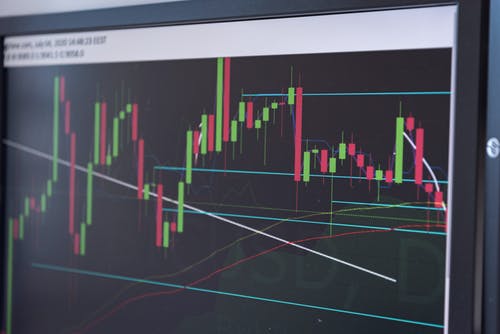Margin is the minimum amount that traders should have in their account to launch and maintain trades. When trading foreign exchange on margin, you should pay a specific percentage of the total position value to establish a trade.
Margin is not a transaction fee but a guarantee to the broker that you will maintain open positions with minimal struggle. A broker locks the margin once you launch a new position to ensure that your balance does not fall below zero. Read on to learn more about margin in forex trading.
Calculating Margin
To determine the required margin amount, you should establish the position size percentage. Here, the percentage is the margin requirement, while the position size is referred to as the notional value. Calculation of the margin requirement is done according to the base currency of your preferred trading pair. If your account’s currency is different from your base currency, your account denomination will change the margin sum.
To calculate the margin required, if your account currency is the same as your base currency, you should multiply the position size or notional value by the required margin.
To calculate the margin requirement when your account currency and base currency are different, you should multiply the required margin by the notional value or position size. Multiply the result by the exchange rate between the account currency and base currency.
Understanding the Different Types of Margin
While margin always appears in MetaTrader, there are different margin terms, as seen below.
· Margin Required
The margin required is the total amount a trader should have to run an open account. Every open trade has its distinctive required margin that will be locked. For example, assuming your open trade is in the EUR/USD pair, and you want to trade a $100,000 standard lot, your broker will need a 2% margin. In this case, your margin required will be $2,000.
· Used Margin
The used margin is determined as the total sum of margin required for open trades. Traders cannot use this amount to launch new trades. In MetaTrader, the used margin is just margin.
· Free Margin
Free margin is set up in MetaTrader’s trade window. It is the amount you have in your account that you can use to launch new trades.
Understanding a Margin Call
When a trader’s margin hits 40% or below, the broker will send them an alert, which is the margin call. The margin call is a warning that a trader should either add money to maintain an open position or close the trade to avoid losses.
While a broker can close the trade, they hardly do so. However, a broker may activate a stop out if the trader did not heed the margin call. The stop out is a 50% or lower level that symbolizes that the margin has hit the maximum permitted amount. In this case, the broker closes a trader’s position without informing them to ensure the balance does not drop to negative figures.
How can a Trader Reduce Risks?
Leverage and margin limitations determine the risks you may encounter. More significant losses and the imagination of massive funds may hinder the effectiveness of your trade. Here is how to reduce risks.
· Choose a Reliable Broker
Leverage ratios are available in a wide range. Often traders may be excited at the idea of multiplying their funds by 1,000. However, it is worth mentioning that the higher the leverage, the higher the risk. A reliable broker will help you keep your leverage ratio within safe limits.
· Take Profit
The take profit order allows traders to secure their possible profit before a trade fluctuates in the opposite direction.
· Use Stop Loss
Brokers use a stop out or a margin call, but traders should also use a stop-loss order. Determine the amount you can afford to risk before opening a position. Do not forget the loose and wide stop losses. Your reward risk ratio should not drop below 2:1.
· Strategy
Determine the amount of money you can comfortably trade before placing an order. Doing so will help you select a position accordingly. Experiment with various leverage ratios to identify the right one that best suits your needs.
Finally
A trader can launch leveraged trading locations through margin and regulate more significant trades using a lower basic capital cost.

